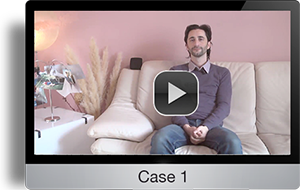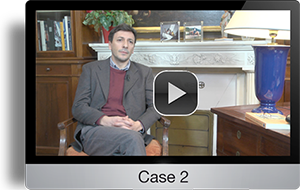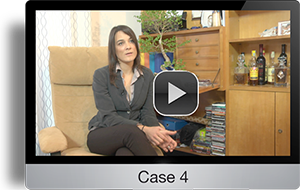Biological risk due to sharps injury
Biological risk due to sharps injury in hospitals and other health care settings is the most commonly reported incident. More than one million sharps injuries are estimated to occur every year in the European Union. Every day health care professionals, janitorial personnel , laundry service staff and waste collectors, as they do their job, are exposed to the risk of severe infection caused by more than 30 potentially dangerous pathogens, such as Hepatitis B, Hepatitis C and HIV, through sharps injuries. Most of such incidents can be prevented with staff training, safer procedures and practices and using safety devices that prevents needle contact after use.
New safety regulations
In order to ensure the greatest safety in the workplace and workers' safety in general, on May 11th 2013 Italy has implemented European Council directive 201/32/UE. The directive forces health care organisations to implement safety measures to protect workers from sharps injuries. Implementing preventive measures is the only way to protect health care professionals from the risk of severe (and potentially fatal) infections, and the psychological impact of sharps injuries.
Technology can help ensure safety in the workplace
Safety infusion therapy devices are a technological improvement that can reduce sharps injuries. This kind of needlesticks include a safety mechanism that can prevent injuries. This mechanism can be active, if the user needs to activate it himself/herself, or passive, if such intervention is not required but activates itself aauthomatically at the end of the procedure. Using these safety devices and training staff adequately mean, in terms of day-to-day practice, a safer workplace, where workers are better protected from the risks involved in their job









